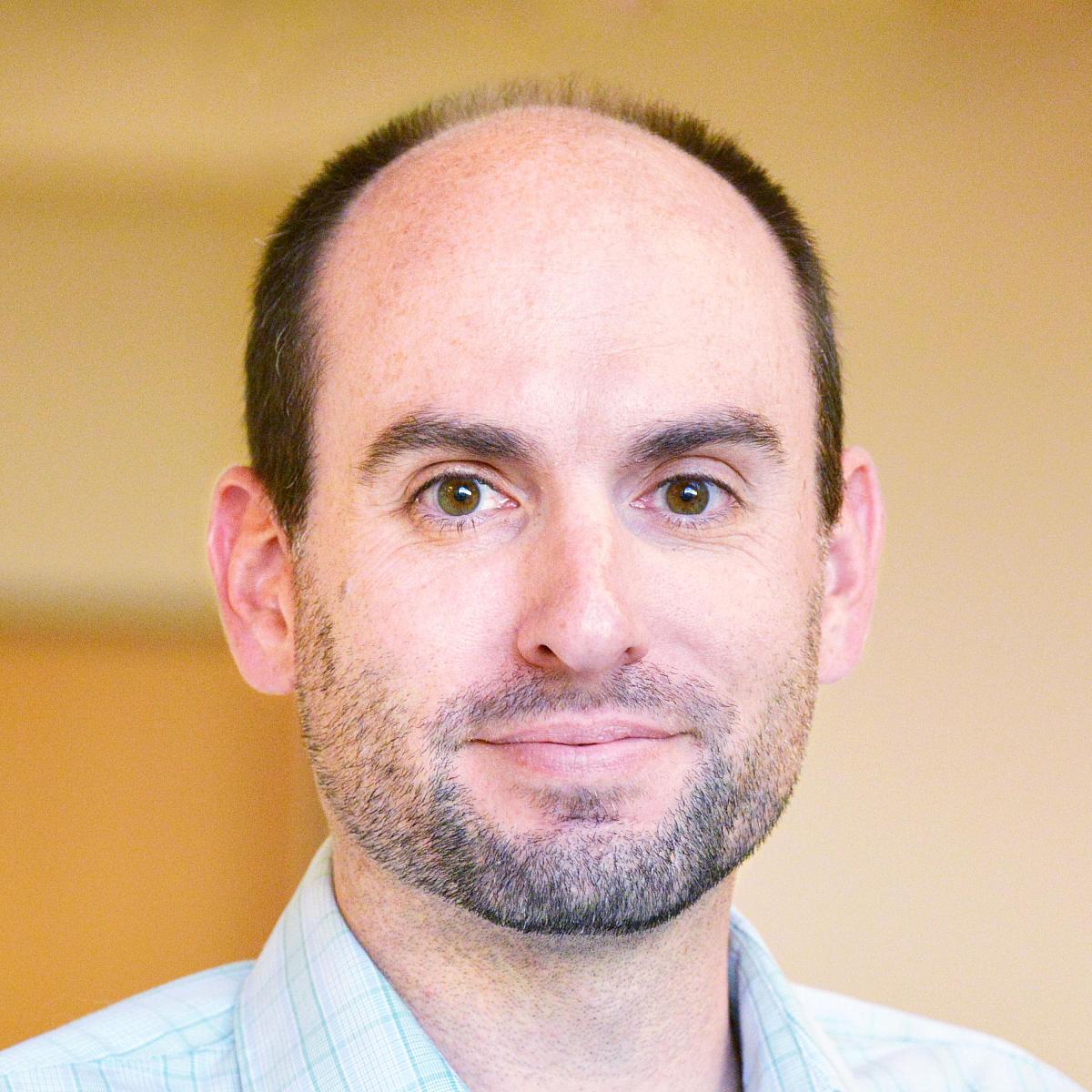
Message From the Principal Investigator Gertz Lab

Message From the Principal Investigator Gertz Lab
I was born and raised in upstate New York. At a young age, my parents discovered my love of math and strange ability to solve complex math problems in my head. When I was 12, I got a perfect score on the math portion of the SATs while completely failing the verbal section. I received my undergraduate degree in Math from Cornell University in Ithaca, NY. During my undergraduate work, I became very interested in Applied Mathematics and graduated with minors in Computer Science and Economics. While doing a summer research project at UCLA on ligand and receptor co-evolution, I found that the application of Computer Science to important biological questions really excited me.
My undergraduate research experience motivated me to pursue a PhD in Computational Biology from Washington University in St. Louis. My PhD research, mentored by Barak Cohen, focused on understanding the complexities of gene regulation and the interplay between transcription factors and genome sequence. This project gave me the opportunity to develop both novel experimental and computation approaches. The additional complexity of mammalian gene regulation and possible applications to human disease led me to a postdoctoral position in Rick Myers’ laboratory at the HudsonAlpha Institute for Biotechnology in Huntsville, AL.
In Rick’s lab, I was involved in the ENCODE project with the goal of trying to understand the non-coding portions of the genome. While exploring several different functional genomics approaches for studying gene regulation, I became very interested in estrogen signaling and the role of estrogen receptor in breast and endometrial cancer. My lab at the Huntsman Cancer Institute uses and develops genomics approaches to understand the action of transcription factors, including estrogen receptor, in establishing the aberrant gene expression programs that are observed in cancer. I hope that our research will lead to a better understanding of important events in cancer progression and in turn identify potential treatment targets.
